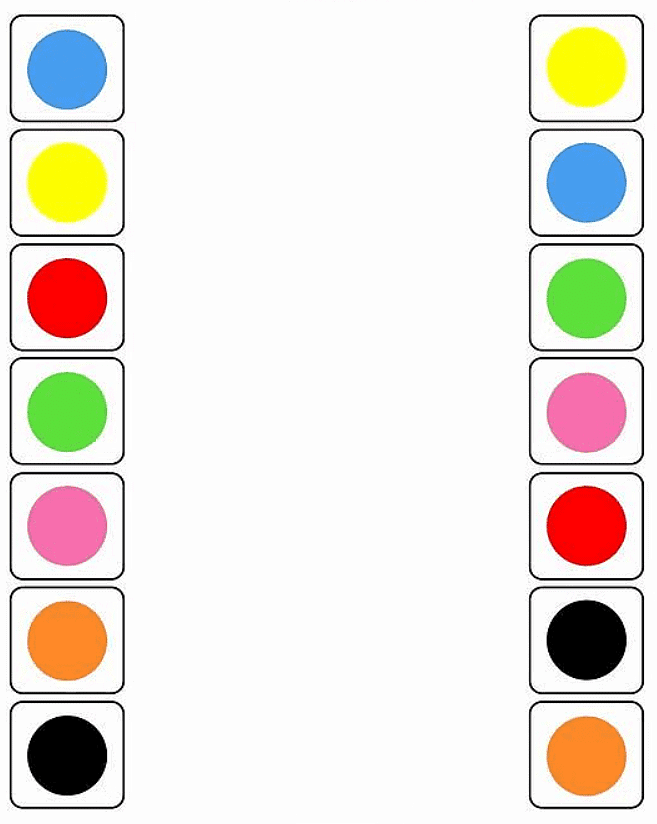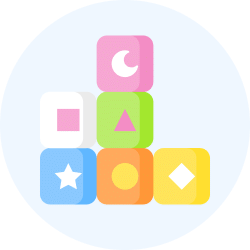LKG Exam > LKG Notes > EVS for LKG > Worksheet: Colours - 2
Worksheet: Colours - 2 | EVS for LKG PDF Download
The document Worksheet: Colours - 2 | EVS for LKG is a part of the LKG Course EVS for LKG.
All you need of LKG at this link: LKG
|
28 videos|141 docs|3 tests
|
FAQs on Worksheet: Colours - 2 - EVS for LKG
| 1. What are primary colors? |  |
Ans. Primary colors are the three colors, red, blue, and yellow, which cannot be created by mixing other colors. They are the base colors from which all other colors are made.
| 2. How many secondary colors are there? |  |
Ans. There are three secondary colors, which are created by mixing two primary colors together. They are green (blue + yellow), orange (red + yellow), and purple (blue + red).
| 3. What are complementary colors? |  |
Ans. Complementary colors are pairs of colors that are directly opposite each other on the color wheel. When placed next to each other, they create a strong contrast and enhance each other.
| 4. How do colors affect our mood? |  |
Ans. Colors can affect our mood and emotions. For example, warm colors like red and orange can create feelings of energy and excitement, while cool colors like blue and green can have a calming effect.
| 5. How can we use colors in art and design? |  |
Ans. Colors can be used in art and design to evoke certain emotions, create visual interest, and communicate messages. Artists and designers often use color theory to understand how colors work together and how to create harmonious color schemes.
Related Searches

















